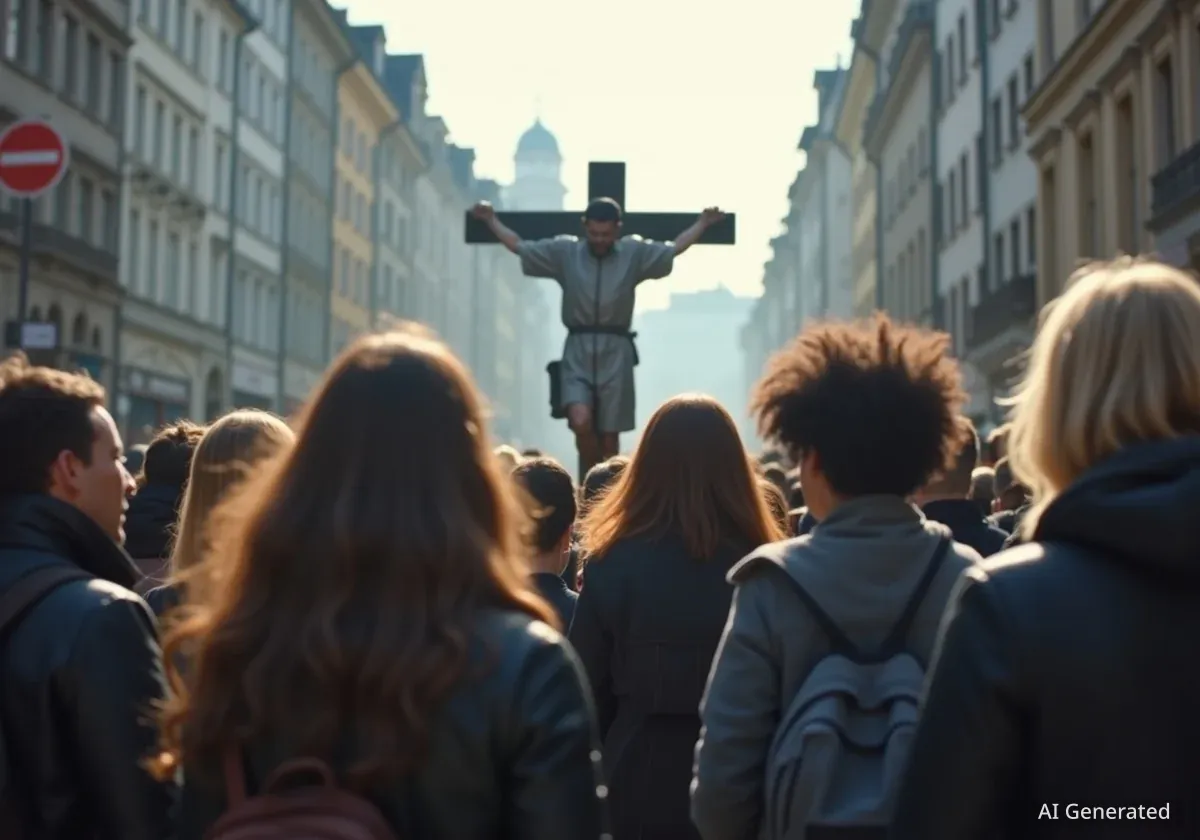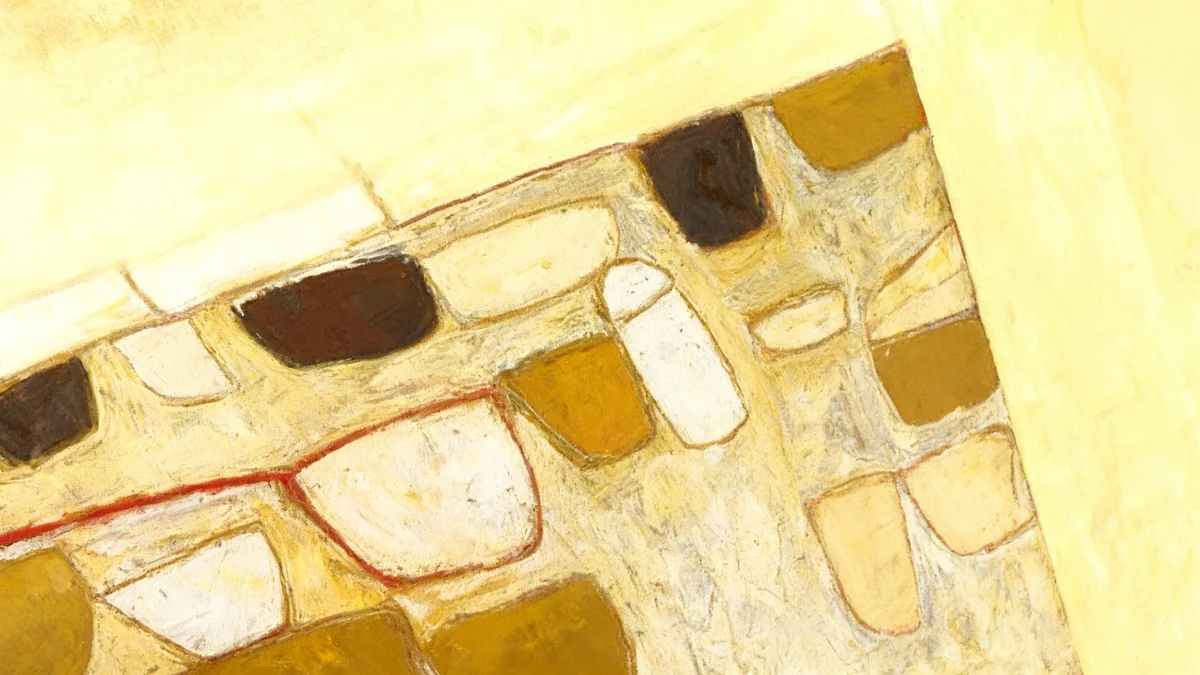The North Face has unveiled a new sculpture that forms the center of its HKe collection. Dutch designer Johannes Offerhaus created the piece using the brand's SPECTRA® fabric. This material is known for its high strength and light weight, making it suitable for demanding outdoor use and innovative artistic displays.
Key Takeaways
- The North Face's HKe collection features a new sculpture by Johannes Offerhaus.
- The sculpture is made from SPECTRA® fabric, a strong and lightweight material.
- The design emphasizes both artistic expression and environmental responsibility.
- The installation highlights SPECTRA®'s protective qualities and portability.
- It demonstrates how advanced materials can support low-impact art in nature.
Innovative Design with Advanced Materials
The sculpture stands tall, showcasing a multi-tiered shape. It achieves this form without the need for heavy metal or wood structures. This is possible due to the unique properties of SPECTRA® fabric, which offers exceptional strength while remaining flexible.
The material is an ultra-high-molecular-weight polyethylene (UHMWPE) fiber. It was originally developed for extreme applications. These include climbing ropes and ballistic protection. Its use in the sculpture demonstrates its versatility beyond traditional gear.
Fact: SPECTRA® Fabric
- Material Type: Ultra-high-molecular-weight polyethylene (UHMWPE)
- Key Properties: Exceptional tensile strength, lightweight, flexible
- Original Uses: Climbing ropes, ballistic protection
Aesthetic and Environmental Focus
The installation features three distinct fabric panels. The top panel is white, the middle is gray, and the base is black. These panels stretch over a framework of tall poles and tensioned cables. The color gradient creates a sense of height, mirroring the changing colors of a mountain sky.
Johannes Offerhaus's design process focused on both artistic expression and environmental care. The sculpture was assembled on site with minimal reusable hardware. This approach aligns with modern sustainability practices.
"The 'Leave No Trace' approach mirrors The North Face’s broader sustainability goals and showcases how high-tech materials can support low-impact creative practices," states a representative for The North Face.
Durability and Portability in Outdoor Art
SPECTRA® fabric resists abrasion, UV damage, and moisture. These qualities help the sculpture maintain its appearance even in harsh outdoor settings. Its natural elasticity allows the panels to tension evenly, creating smooth surfaces that appear to float.
The entire structure was designed for easy removal. After being photographed, every part, including poles, cables, and fabric panels, was carefully taken down. The team removed all components, leaving the remote location untouched. This ensures no lasting impact on the natural environment.
Context: Leave No Trace Principles
The "Leave No Trace" philosophy encourages outdoor enthusiasts to minimize their impact on the environment. This includes planning ahead, disposing of waste properly, leaving what you find, minimizing campfire impacts, respecting wildlife, and being considerate of other visitors. The sculpture's design and removal process embody these principles.
Functional Demonstration of Material Strength
Beyond its visual appeal, the sculpture shows SPECTRA®'s protective capabilities. The fabric's high tensile strength means it resists tearing and punctures. Its low weight allows for easy packing and transport. These are crucial features for outdoor gear that must perform in challenging environments.
The sculpture's tensioned design also illustrates how the material can spread loads across a structure. This principle is important in the engineering of The North Face's HKe jackets and backpacks. It highlights the direct link between the art installation and the brand's functional products.
The Intersection of Art, Technology, and Nature
This collaboration between Offerhaus and The North Face reflects a growing trend. It shows how fashion, technology, and art can come together. By transforming SPECTRA®'s technical features into a work of art, the project encourages people to think about how new materials affect our relationship with nature.
The sculpture acts as a visual metaphor. It is a fabric form that rises like a mountain peak. Yet, it can be folded, carried, and removed without leaving a trace. This balance of durability, portability, and environmental awareness sets a new standard for future outdoor art installations. It shows that advanced materials can enable creative projects that respect the natural world.




